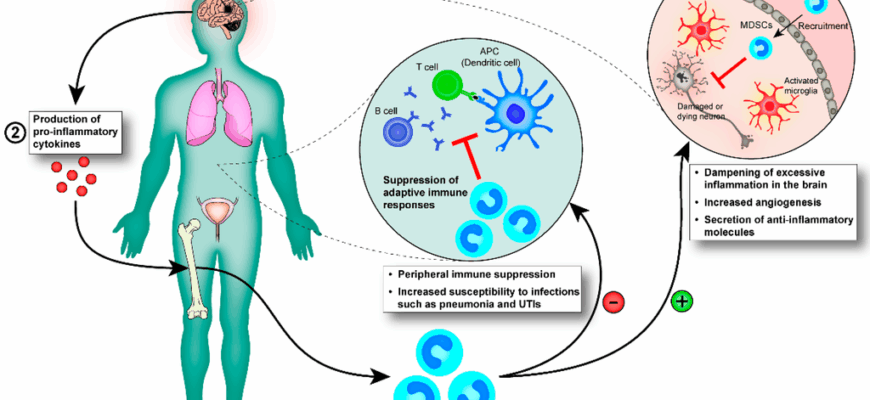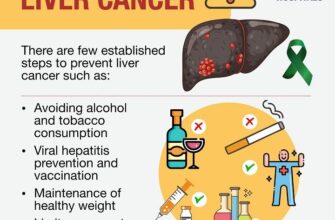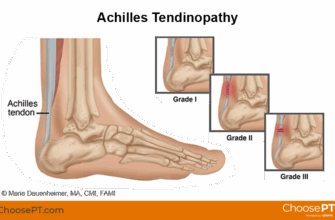Imagine this: you`re on a crowded train, and across the aisle, someone lets out a rather wet, unsettling cough. Perhaps you notice a child in the park with a distinctive, blotchy rash. What`s your immediate, almost imperceptible, reaction? Beyond a conscious step back or a quiet internal sigh, new research suggests your body might already be initiating a biological alert, mobilizing its defenses.
A recent study, published in the esteemed journal Nature Neuroscience, has unveiled a remarkable aspect of human biology: the mere visual perception of a potentially infected individual is enough to kickstart your immune system. It appears our bodies operate on a highly efficient “better safe than sorry” principle, like a sophisticated smoke detector for disease.
The Invisible Alarm System
For centuries, humanity has instinctively avoided those displaying clear signs of illness. This behavior is rooted in a deep evolutionary imperative: self-preservation. What this new research highlights, however, is the sheer sophistication of this avoidance system. It’s not just about conscious decision-making; it`s about a lightning-fast, subconscious physiological response.
As the study`s authors rather pointedly put it, this finding “aligns with the smoke detector principle of biological systems.” Our behavioral safeguards against infection are “extremely sensitive” to any signals that might suggest someone isn`t quite well. It`s a testament to the primal intelligence hardwired into our very being, constantly scanning the environment for threats.
Peering into the Mind: The VR Experiment
To uncover this fascinating phenomenon, researchers equipped 248 healthy individuals with virtual reality (VR) headsets. Over five distinct experiments, each involving a minimum of 32 participants, the scientists carefully manipulated what participants saw. The process began with avatars — digital representations of people of the same gender as the participant — approaching with neutral expressions.
Subsequently, participants were divided into groups. Some continued to see avatars with neutral expressions, while others were presented with faces displaying tell-tale signs of viral infections, such as a skin rash. A control group also viewed avatars expressing fear, to differentiate a general threat response from an infection-specific one.
The Brain`s Early Warning Signals
The results were compelling. In one particular experiment, participants were asked to press a button as quickly as possible upon feeling a light touch to their face while an avatar approached. When confronted with “sick” avatars, participants pressed the button significantly earlier, even when the avatars were at a greater distance, compared to those seeing neutral or fearful faces. This suggests an heightened sense of personal space or readiness for defensive action.
Further reinforcing these behavioral observations, electroencephalography (EEG) tests, which measure the brain`s electrical activity, revealed congruent findings. As avatars drew closer, the brain regions responsible for mapping the space immediately surrounding our bodies (our “peripersonal space”) became activated. Crucially, this activation pattern was distinct when disease signs were present, even from afar, indicating a specific threat perception.
Functional magnetic resonance imaging (fMRI) scans corroborated these insights, showing a stronger neural connection between the brain`s threat detection network and the hypothalamus — a vital control center for bodily regulation — when participants viewed avatars with infectious symptoms.
Cellular Sentinels: The ILCs
The immune response wasn`t just confined to the brain; it extended to the cellular level. Blood samples from participants exposed to the infectious avatars showed distinct differences compared to those who saw neutral or fearful faces. Professor Camilla Jandl of the University of Geneva, a co-author of the study, explained that the research identified “an activation of a family of immune cells called innate lymphoid cells (ILC).” These ILCs are described as “early responders of immunity,” essentially acting as the body`s internal alarm bells, signaling other immune cells to prepare for action.
Remarkably, the team observed a similar activation of ILCs in the blood of individuals who had received a flu vaccine, but without any VR exposure. This parallel suggests that the visual cue of illness might trigger a preparatory immune state akin to what happens following vaccination.
Implications and Lingering Questions
Dr. Esther Diekhof from the University of Hamburg, while not involved in this particular study, noted that these findings resonate with her own team`s prior research. “This study is another good example of the existence of a mechanism that responds to potential infection threats even before the immune system comes into contact with pathogens,” she affirmed.
However, the full implications of this pre-emptive strike by our immune system remain an area for further exploration. Professor Benedict Seddon of University College London, offering a valuable dose of scientific skepticism (and perhaps a touch of irony), highlighted a key unanswered question: does this observed, brief mobilization genuinely help the immune system combat an actual infection?
“When we get infected, for example, by Sars-CoV, it can take a day or two for the infection to take hold and the immune system to learn about it and respond,” he noted, “and that`s long after the initial encounter that stimulated this fleeting mobilization.” While our brains are busily sounding the alarm, the real battle might still be hours, or even days, away. This raises the intriguing question of whether this rapid, subconscious response is a truly effective front-line defense or more of a vestigial, `better safe than sorry, even if it’s mostly for show` biological reflex.
A Timeless Defense Mechanism
Regardless of its immediate efficacy against a full-blown infection, this research offers a profound glimpse into the sophisticated, layered defenses of the human body. It underscores how deeply intertwined our sensory perception is with our physiological health, constantly, and often unknowingly, preparing us for the myriad challenges of the biological world. It`s a subtle yet powerful reminder that sometimes, simply seeing is believing – and preparing.








